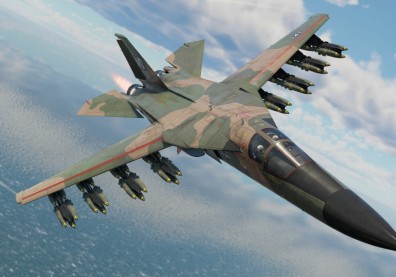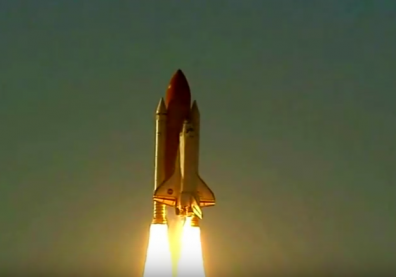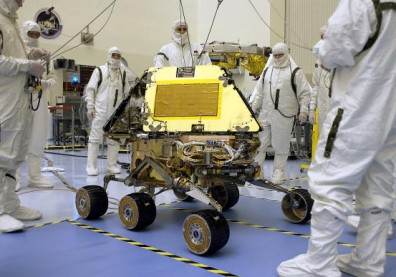NASA is about to test its new experimental hybrid X-plane featuring 14 electric motors. It has been a decade since the agency last worked on an X-plane project.
NASA recently announced that it will do research on a unique wing design with 14 electric motors to determine how to improve energy efficiency during flight. The aircraft in the upcoming test is called the X-57 or "Maxwell."
The Maxwell is named after James Clerk Maxwell, a 19th-century Scottish physicist. It will be made by the Scalable Convergent Electric Propulsion Technology Operations Research (Sceptor) project. The X-plane is actually a modified Tecnam P2006T, although 14 motors were set up to propel it. The several motors outfitted on the aircraft will hopefully decrease the total energy needed to attain a cruising speed of 175mph by five times.
TheVerge noted that NASA is again working on an X-plane after taking a hiatus for 10 years with the intention of developing technologies that boost fuel use and emissions, reducing noise and potentially setting up the approach to making faster and more efficient small aircraft. NASA Administrator Charles Bolden said that the X-57 is a key part of NASA's New Aviation Horizons initiative, which spans 10 years. The X-plane will be the first step in introducing a new era of aviation.
SlashGear reported that the X-57 is a single-seater plane. All 14 motors on the thin wings are used for both takeoffs and landings. However, when the plane is already airborne, it only makes use of two larger motors, located at each tip of the wings, to fly at cruising altitudes. The electric motors are powered by batteries, which are charged with solar cells while the aircraft is on the ground.
Jaiwon Shin, an associate administrator for NASA's Aeronautics Research Mission Directorate, cited that X-plane projects are intended to contribute to the agency's reputation as the world leader in aviation and space technology. He continued that X-planes before and the ones that will arrive soon help them maintain that role. The first X-plane, called the X-1, was the first airplane to fly faster than the speed of sound in 1947.
The X-57 is scheduled for more tests in the next four years. Afterwards, NASA aims to research on designing larger electric aircraft that can transport both passengers and cargo. As many as five bigger X-planes are also being eyed for the initiative, which will radically enhance modern air transport. More updates and details are expected soon.









